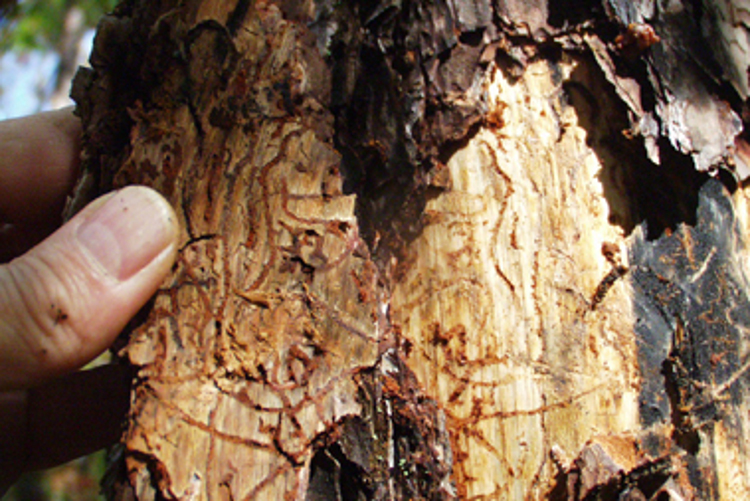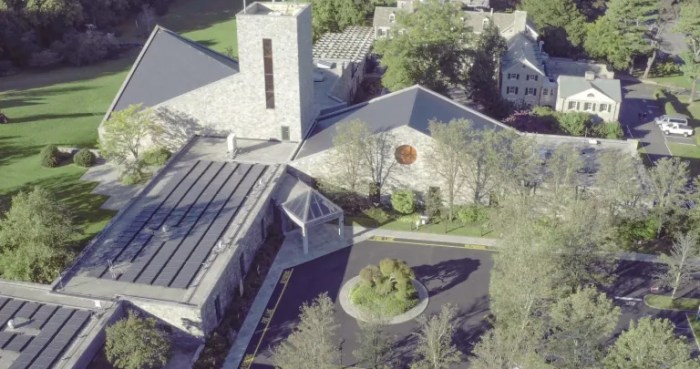A dozen forestry experts from the New York State Department of Environmental Conservation descended on Long Island this week to combat a worrisome Southern Pine Beetle infestation, first discovered in Suffolk County last fall.
The scientists’ arrival comes as the DEC investigates an outbreak of the insidious insects at Bethpage State Park, marking the first time the destructive pine tree-killing beetle has been discovered in Nassau County since officials began monitoring the invasive species’ expansion across central and eastern Suffolk.
“The Southern Pine Beetle has destroyed thousands of trees on Long Island and remains a major threat to the Pine Barrens and other forested areas in the region,” DEC Commissioner Joe Martens said in a statement.
New York State Parks, Recreation & Historic Preservation said through a spokesman that the agency is working closely with the DEC on a plan that will “assess, minimize and resolve the damage done by these beetles and their potential spread.”
Both the DEC and New York State Parks have identified infestations in parts of Wertheim National Wildlife Refuge in Shirley, Connetquot River State Park, Henry’s Hollow Pine Barrens State Forest in Hampton Bays, Belmont Lake State Park in North Babylon, Brookhaven and Heckscher state parks and Bayard Cutting Arboretum in Great River.
The DEC team will be on the Island for this week only, taking inventory of tree species at Rocky Point Pine Barrens State Forest and producing a “hazard risk map” of timber stands at the greatest risk of infestation, the DEC said.
The tiny beetle, typically 2 to 4-millimeters long, enters through crevices in tree bark and forms tunnels in the plant tissue beneath the bark, cutting off nutrients, and eventually starving the trees to death, according to the DEC’s website.
Many of the beetle-ridden trees have already been removed once the insects were discovered inside them, officials said, but many more invaded trees may still be undetected.
“The most effective method to minimize the spread of SPB includes cutting infested trees and thinning surrounding forested areas,” the DEC said in a press release. “If left untreated, the Southern Pine Beetle can move swiftly to nearby forested areas. Insecticides have been shown to be mostly ineffective against SPB, and also poses certain risks to the environment and Long Island’s sole source drinking water aquifer.”
The Southern Pine Beetle is rare to the Northeast, as the DEC first confirmed its existence on Long Island last October. Long Island is currently the only region in the state with confirmed Southern Pine Beetle infestations.
The DEC used the winter months to uncover hot spots. Now they are more aggressively analyzing the situation because the beetles start flying in summer.
Officials have yet to definitively discern why the beetles have migrated to Long Island, but some experts suspect the warmer climate could be a factor.
While the DEC team analyzes the situation on the ground, a group of educators from the Northeastern Forest Fire Protection Commission (NFFPC) will work with local agencies to better educate the public, officials said.






























